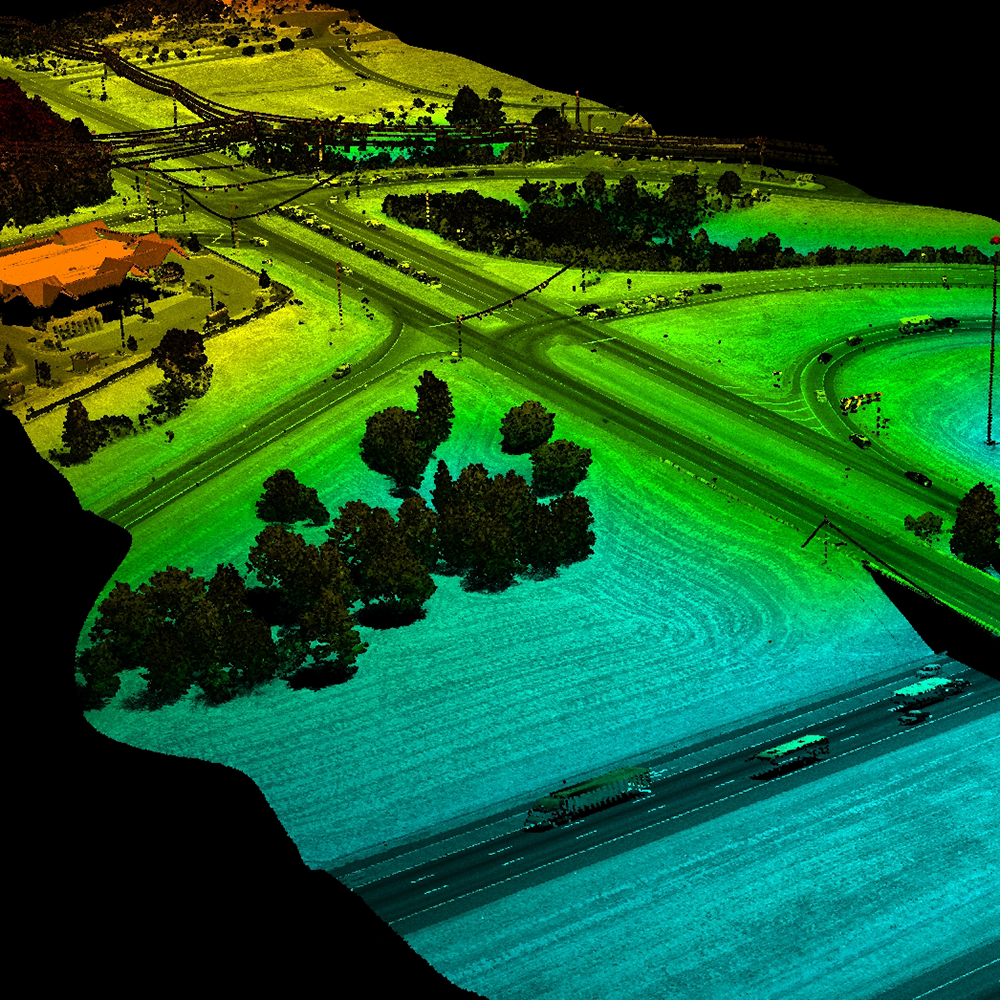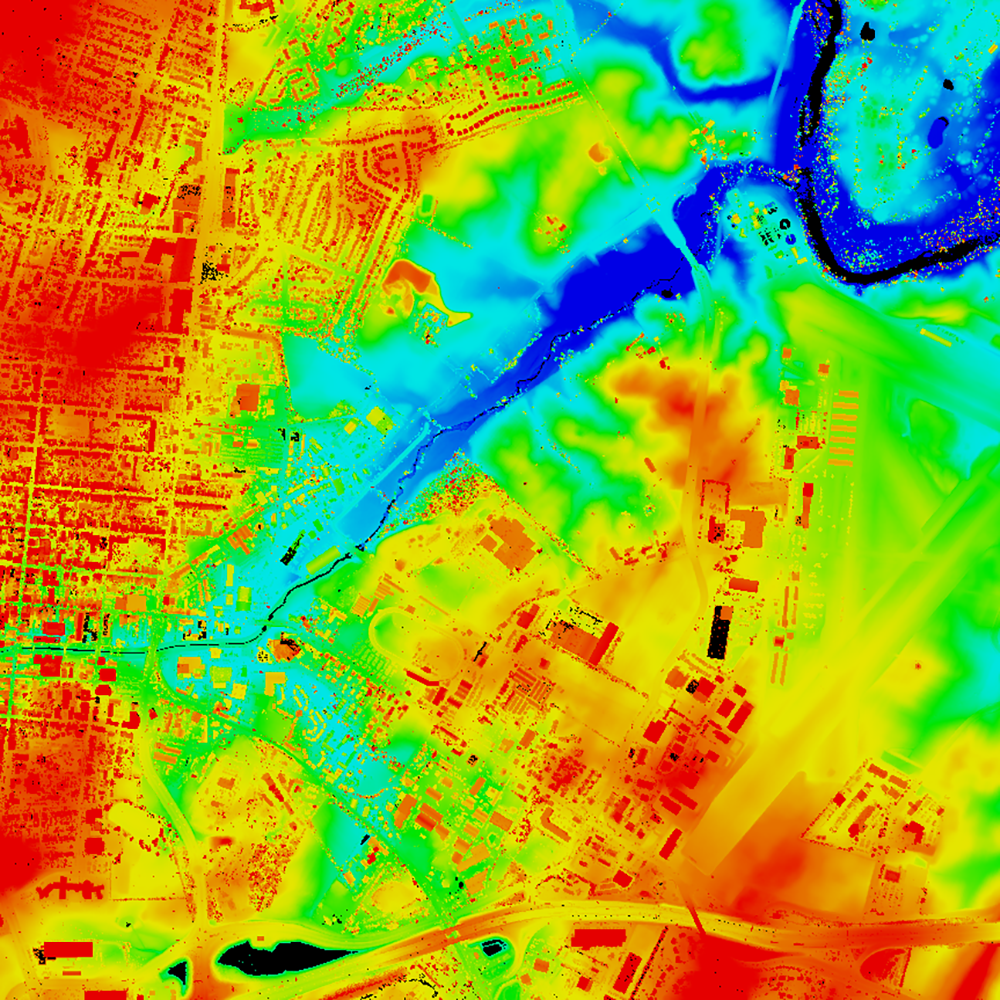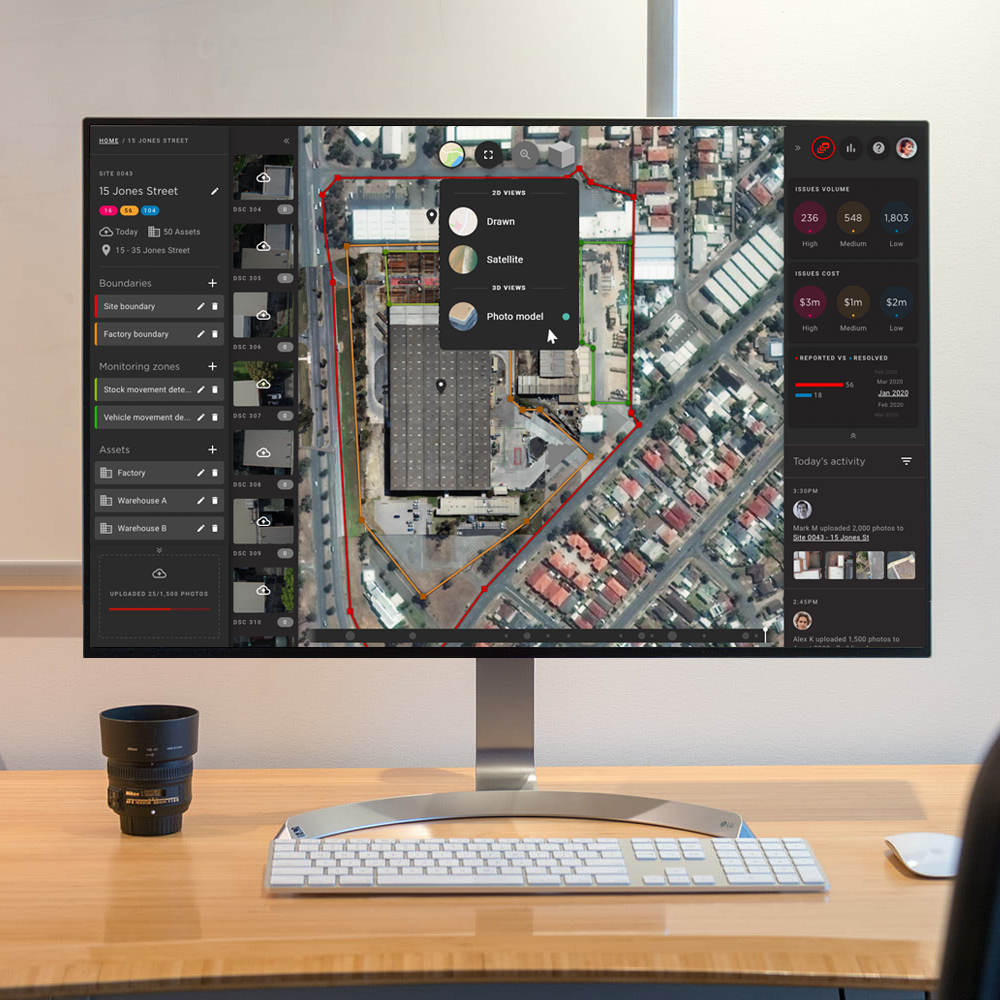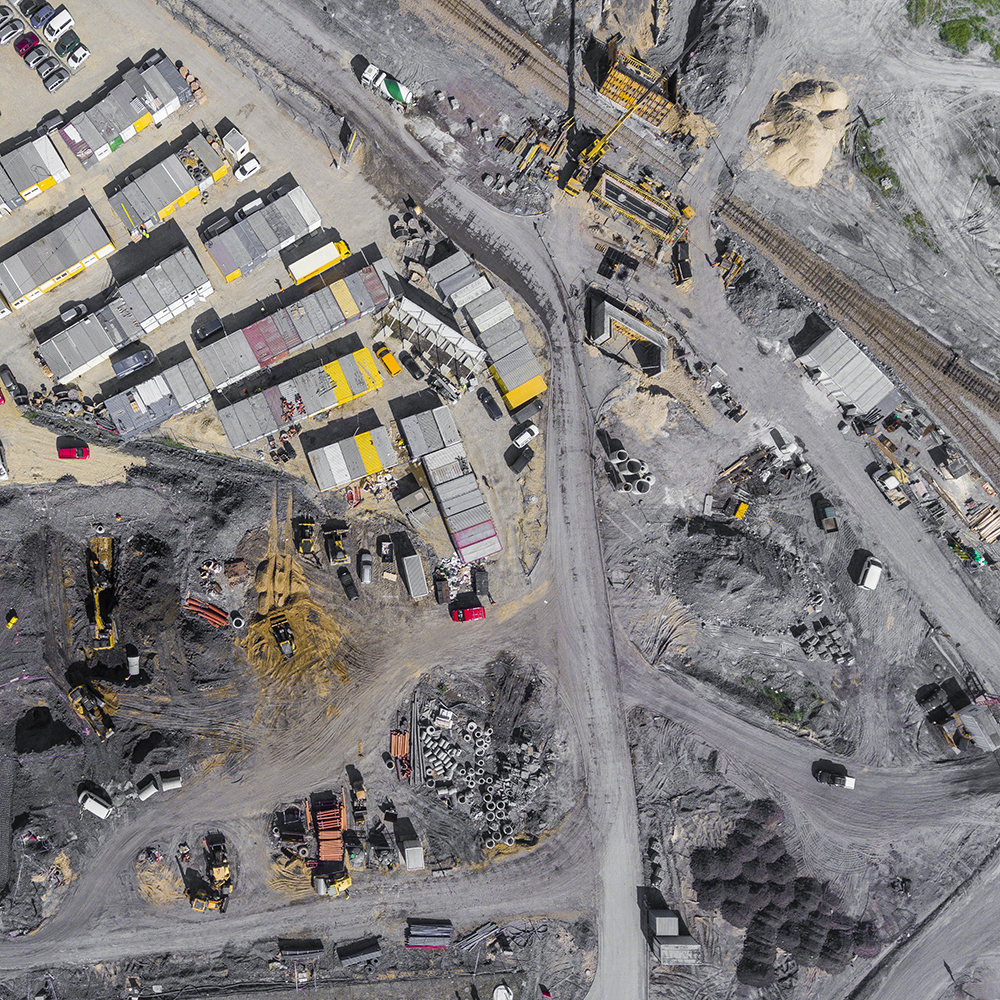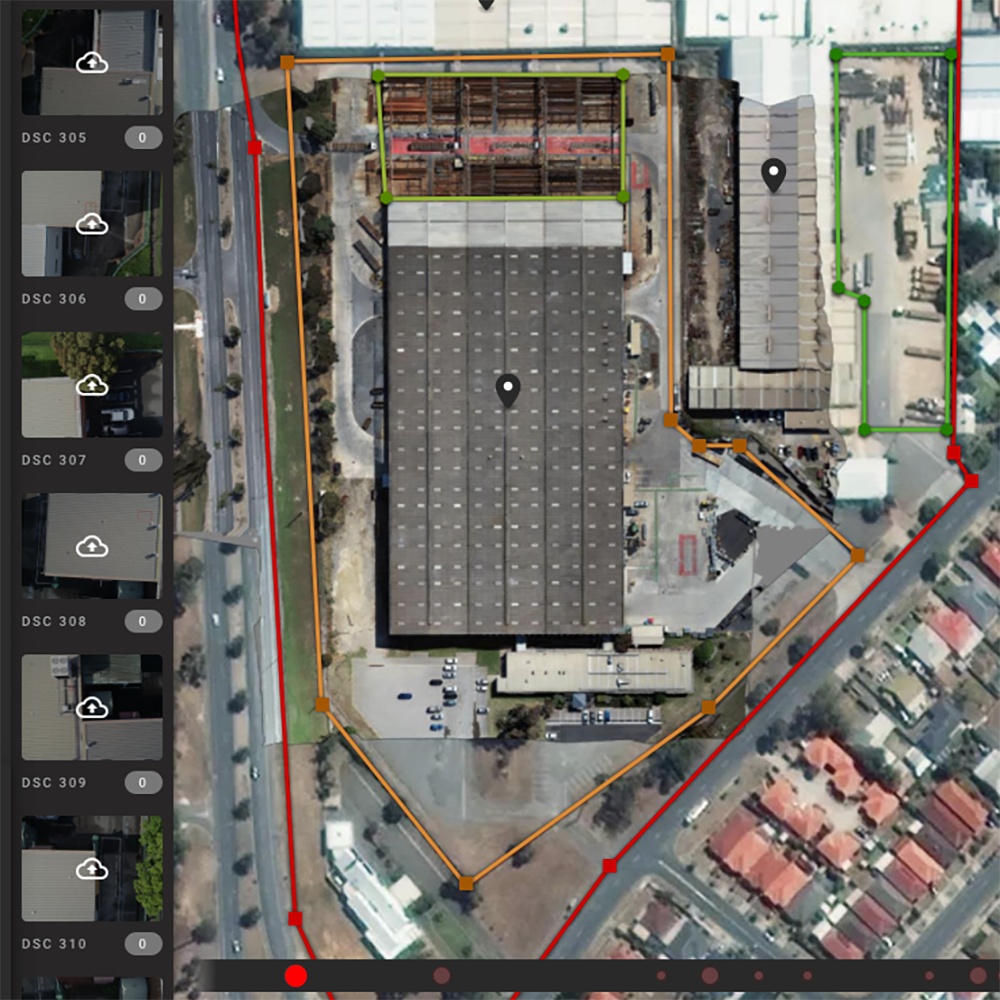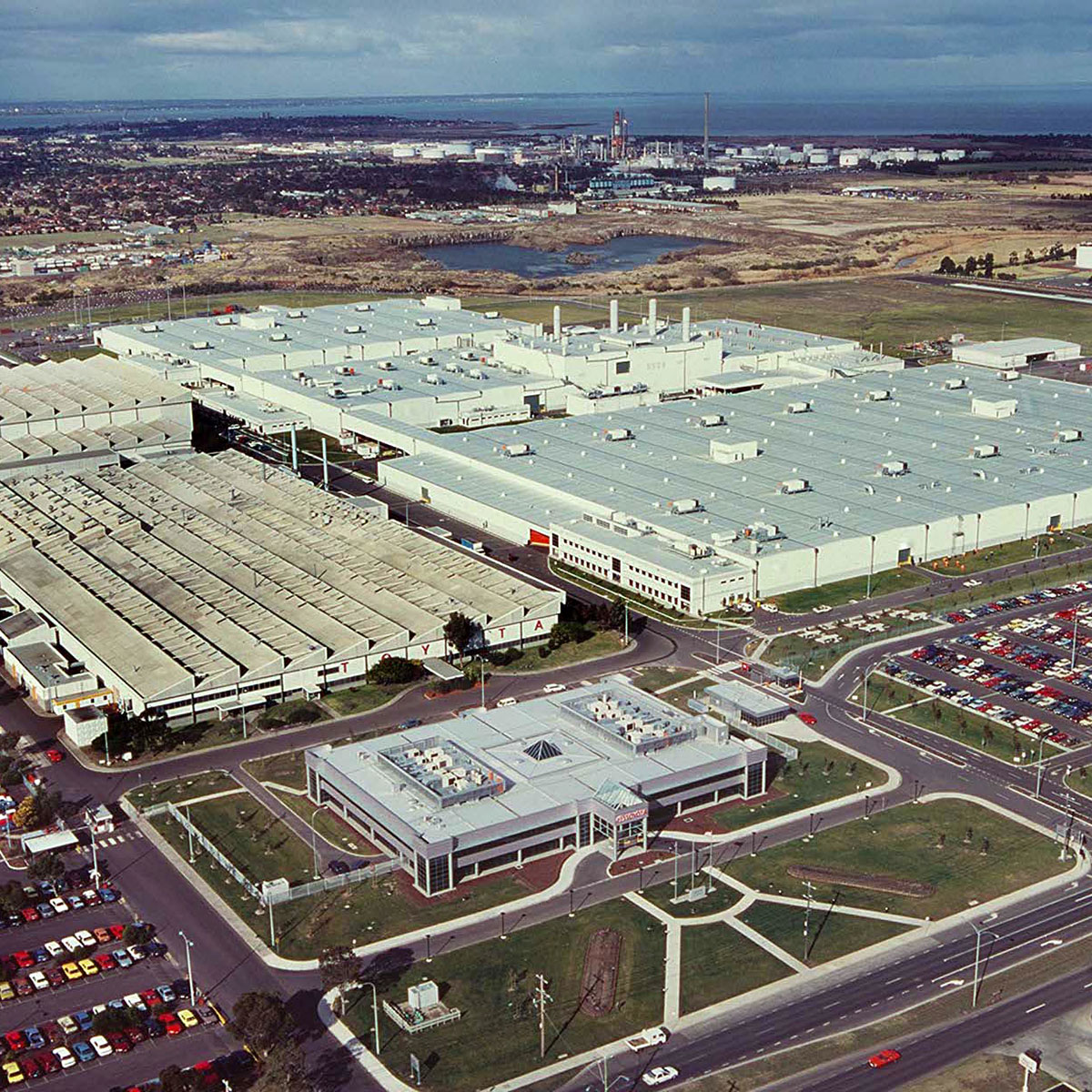Data
Companies have terabytes of data that Asseti transforms into competitive advantage.
Asseti is a powerful data engine, with the capacity to consume and make sense of vast geospatial datasets. Spatially referenced vector and raster datasets are the most commonly added.
Companies have stored status and action data records for decades, and big data AI/ML-powered systems can interrogate that history to accurately recommend future action.




